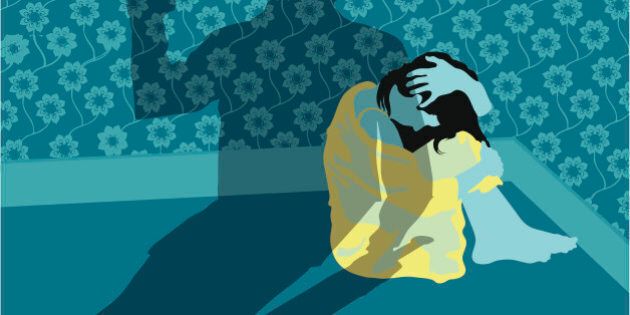
There's still a lot of work to be done in Alberta when it comes to men's attitudes towards violence against women, but there has been some progress.
In most cases, men in the province have had a positive shift in their attitudes towards women over the last four years, according to the newly released Alberta Men’s Attitudes about Violence Against Women Survey, by the Alberta Council of Women's Shelters.
Since the last survey, which was undertaken in 2012, men are also more likely to recognize that domestic violence impacts women they care about.
However, the survey also uncovered some troubling gaps.
Lack of awareness about abuse
Three-in-five men in Alberta said they don't understand why women stay in abusive relationships. Half believe women could leave a violent relationship if they really wanted to.
Another 30 per cent don't think violence impacts the women in their lives, such as female friends, siblings, parents or spouses.
Even though statistics show domestic violence impacts many women in Alberta, the ignorance in the survey might be due to the small number of men who actually witness it.
Just one-in-five men said they witnessed a man abusing or harassing a woman over the past year. According to a 2012 study by the Canadian Women's Foundation, 74 per cent of women in Alberta say they know a woman who has been abused.
The fact that many men in Alberta don't understand why abused women leave, or how many women are impacted is troubling, said Jan Reimer, the executive director of the Alberta Council of Women’s Shelters, in a news release.
Click to enlarge.

“This statistic points to the need for greater education of: the dynamics of abuse, the multiple financial barriers women face, the implications for children and the fact that women are at high risk of being killed by a controlling abusive spouse after they leave a relationship.
“Essentially, this puts the responsibility on survivors of violence rather the perpetrators,” read the release.
Late last year, a Calgary organization put together a heat map that demonstrated how domestic violence reaches every corner of the city.
One support group in the city told CBC News that calls for help increased 40 per cent in 2015.
“As Minister of Status of Women, I am glad to know that understanding of violence against women and gender equality is improving; however, it's clear there is far more work to do,” MLA Stephanie McLean said in a release.
The Alberta Council of Women's Shelters survey targeted 1,478 Alberta men over the age of 18 by telephone between January and February 2016. It has a margin of error of ±2.6 percentage points, 19 times out of 20.


Also on HuffPost:
